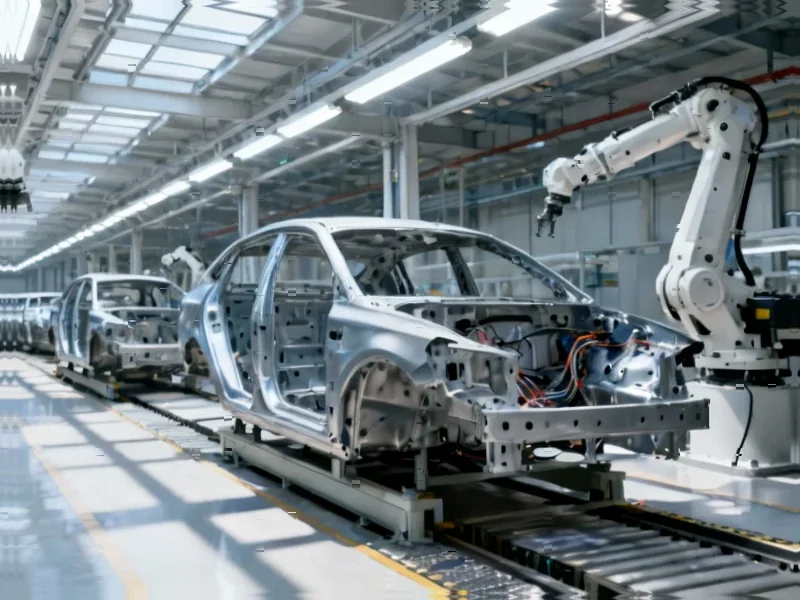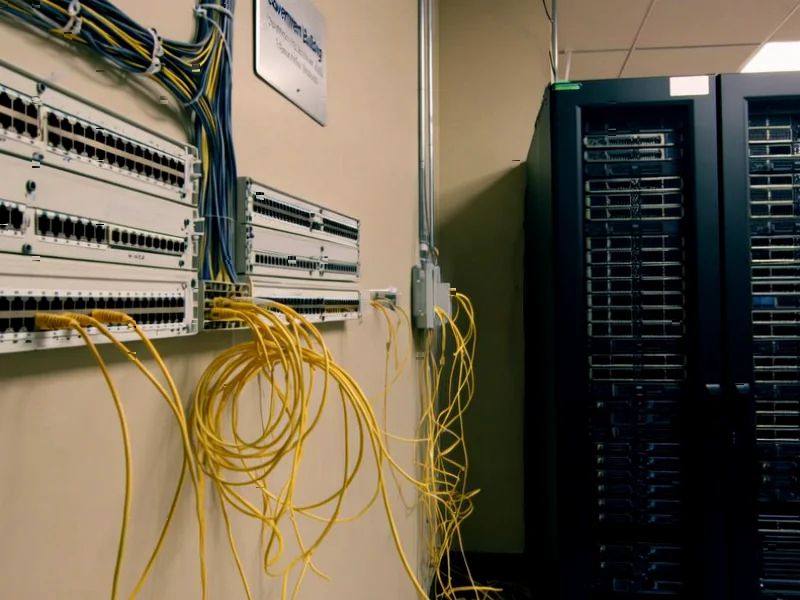According to CNBC, Rivian Automotive reports third-quarter results after the bell Tuesday followed by Lucid Group on Wednesday. Both pure EV manufacturers face mounting challenges despite expected revenue growth and narrowed adjusted losses. RBC Capital Markets analyst Tom Narayan expressed caution about near-term upside for investors, emphasizing underlying profitability concerns. Both automakers have already cut vehicle production guidance due to challenging market conditions, with Rivian also negatively changing its 2025 adjusted earnings and gross profit expectations. They face industrywide issues including increasing costs from tariffs, slower forecasted EV sales, and the end of consumer federal incentives that are negatively impacting sales and profits.
<h2 id="profitability-reality“>The profitability problem
Here’s the thing about being a pure EV play right now: investors aren’t just looking for growth anymore. They want to see a path to actual profitability. And that’s where both Rivian and Lucid are struggling. RBC’s Tom Narayan basically said what everyone’s thinking – the underlying profitability is what matters now. These companies can’t just keep burning cash indefinitely while promising a brighter future.
Think about it – both have already cut production guidance. Rivian’s even walking back its 2025 profit expectations. That’s not exactly confidence-inspiring when you’re trying to convince Wall Street you’ve got this figured out. The market’s getting tougher, costs are rising, and federal incentives are disappearing. It’s a perfect storm hitting right when these companies need everything to go perfectly.
Terrible timing meets tough market
Now, the timing couldn’t be worse. They’re trying to scale up production and achieve profitability just as the EV market shows signs of cooling. Higher tariffs are pushing costs up, and consumers are getting more hesitant about making the electric switch. Remember when everyone thought EVs would just keep growing exponentially? Yeah, reality’s setting in.
And here’s the kicker – both companies need to spend massive amounts on new products and technology while simultaneously cutting costs and becoming profitable. That’s like trying to change the tires on a moving car. During a rainstorm. On a winding mountain road. You get the picture.
The investor patience question
So how long will investors stick around? That’s the billion-dollar question. Both companies are expected to show revenue growth this quarter, but that’s almost table stakes at this point. The market wants to see concrete progress toward sustainable operations, not just more promises about future products or markets.
The pure EV play is getting harder to sell when even established automakers like Ford and GM are pulling back on their electric ambitions. When the big guys who have profitable ICE businesses to fall back on are getting cautious, what does that say about companies betting everything on electric? It’s a tough position to be in, and this week’s earnings will show us just how tough it’s getting.




